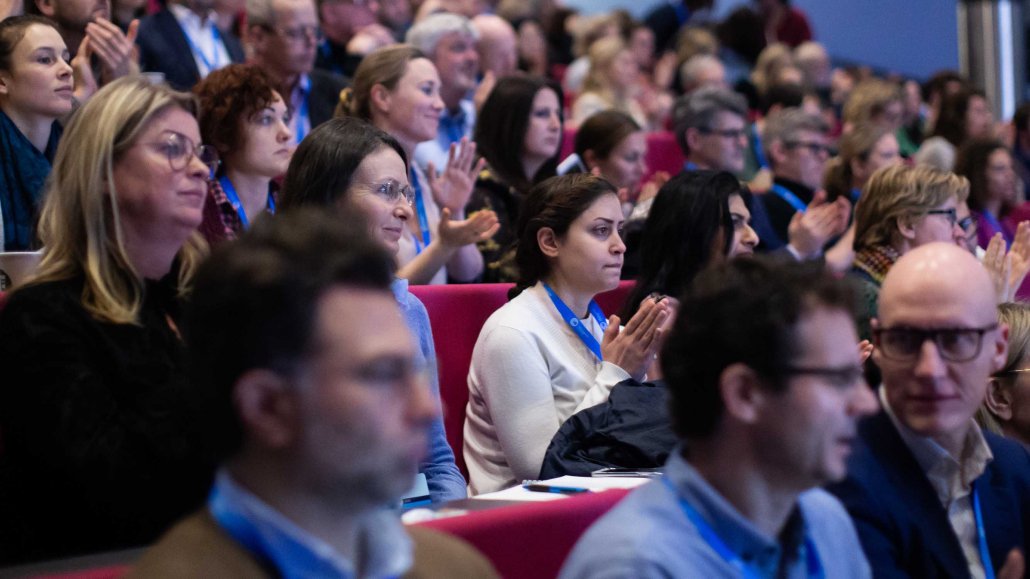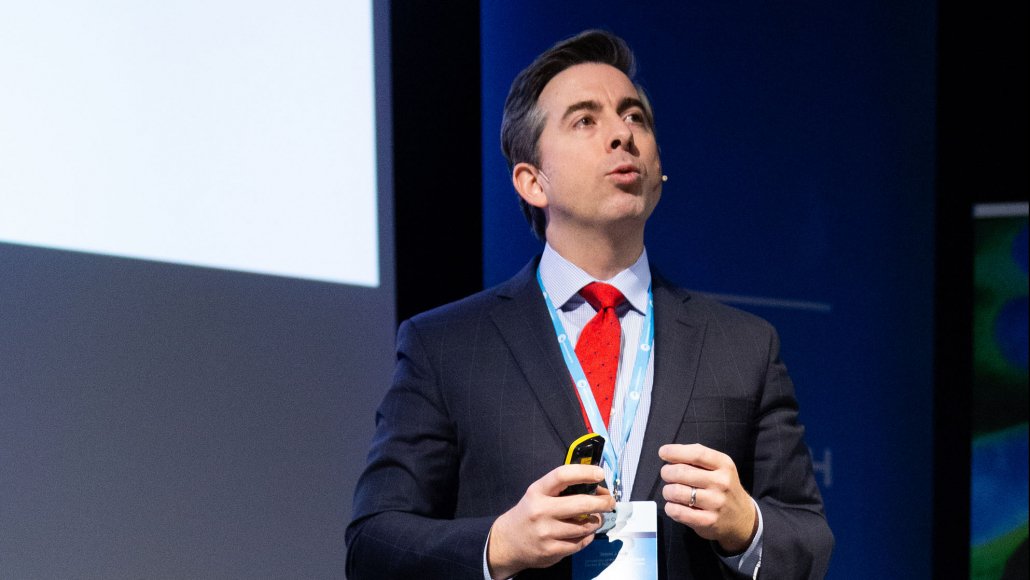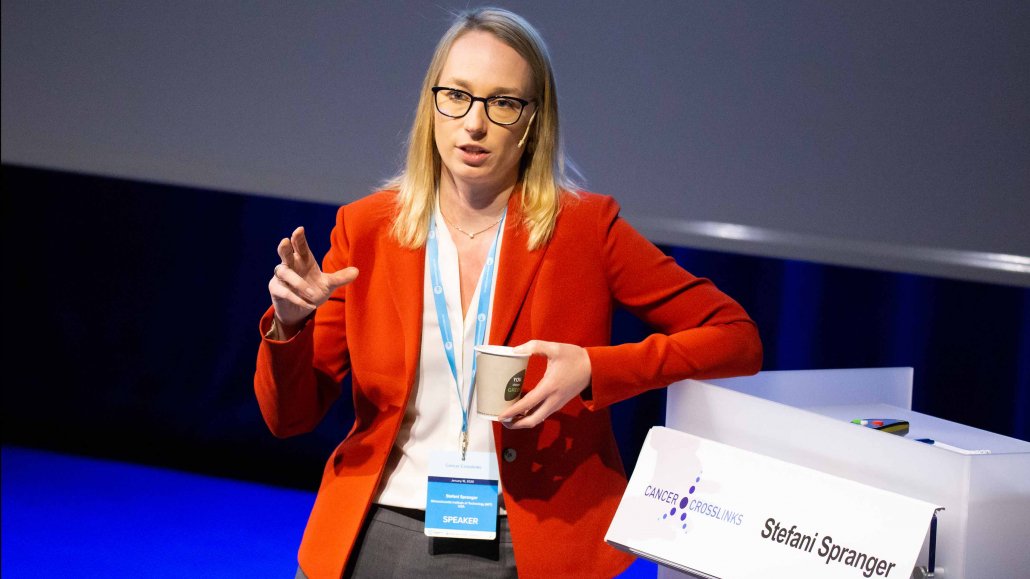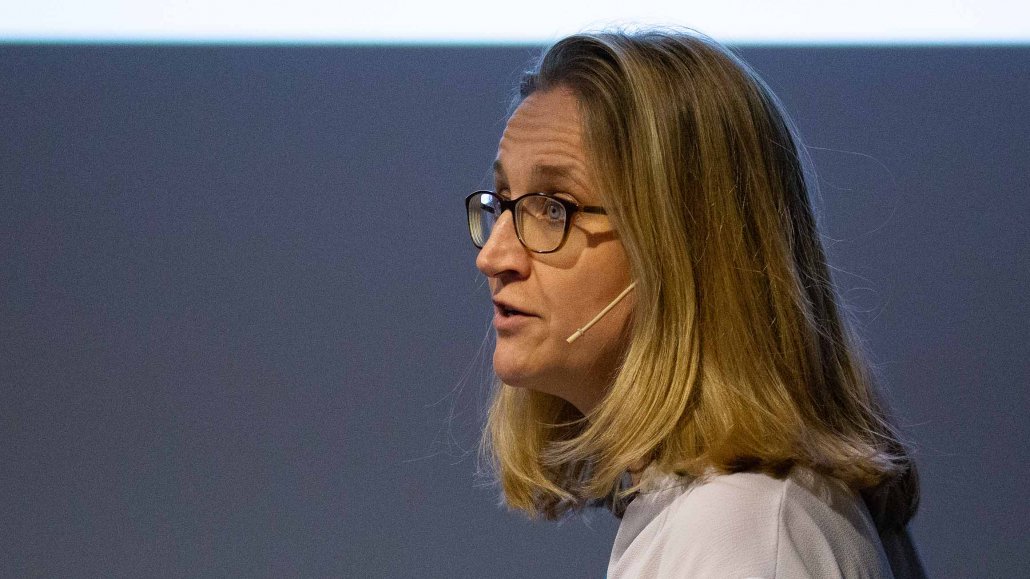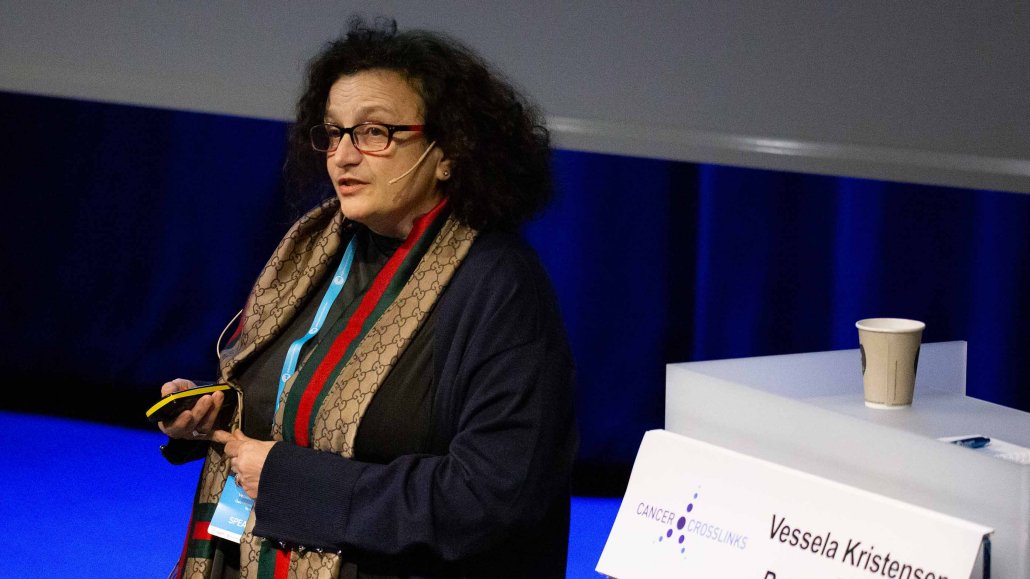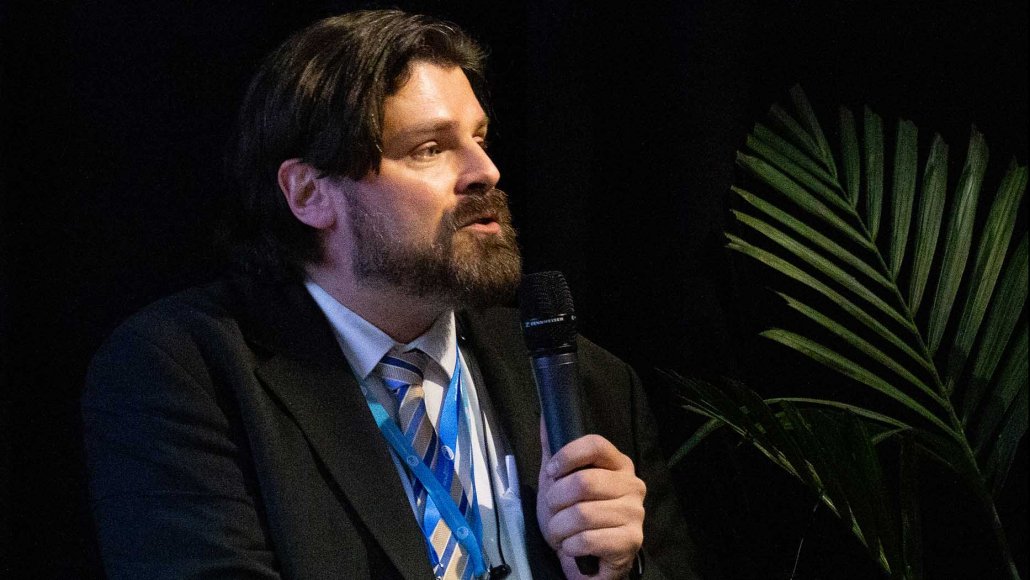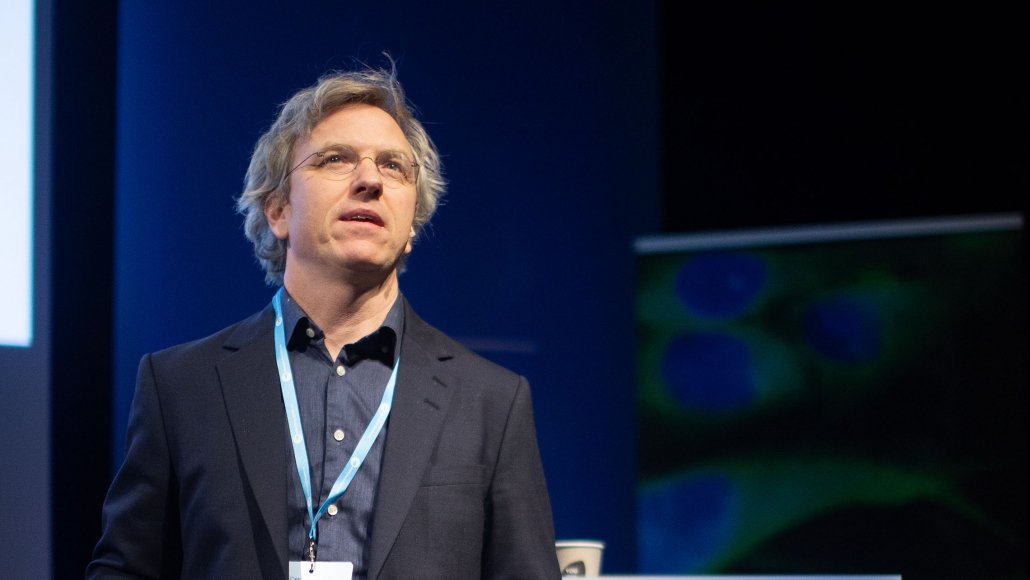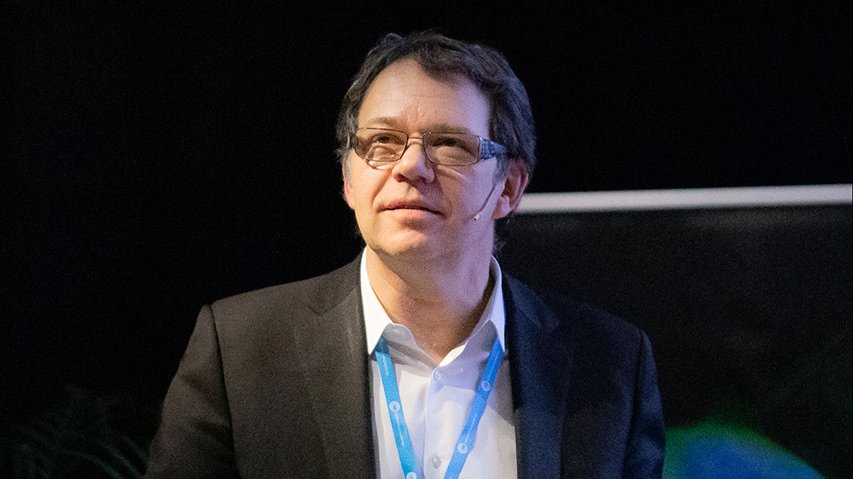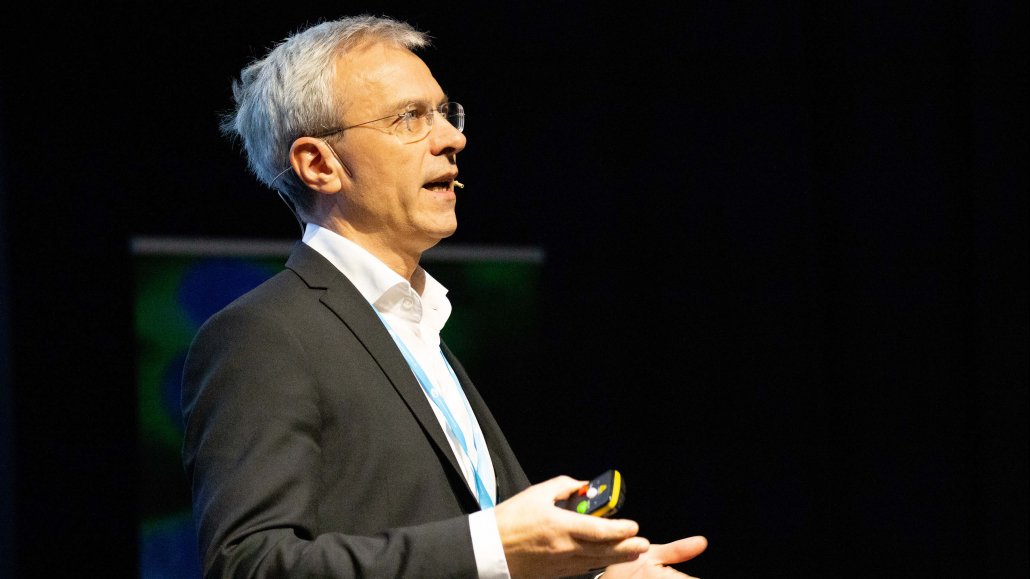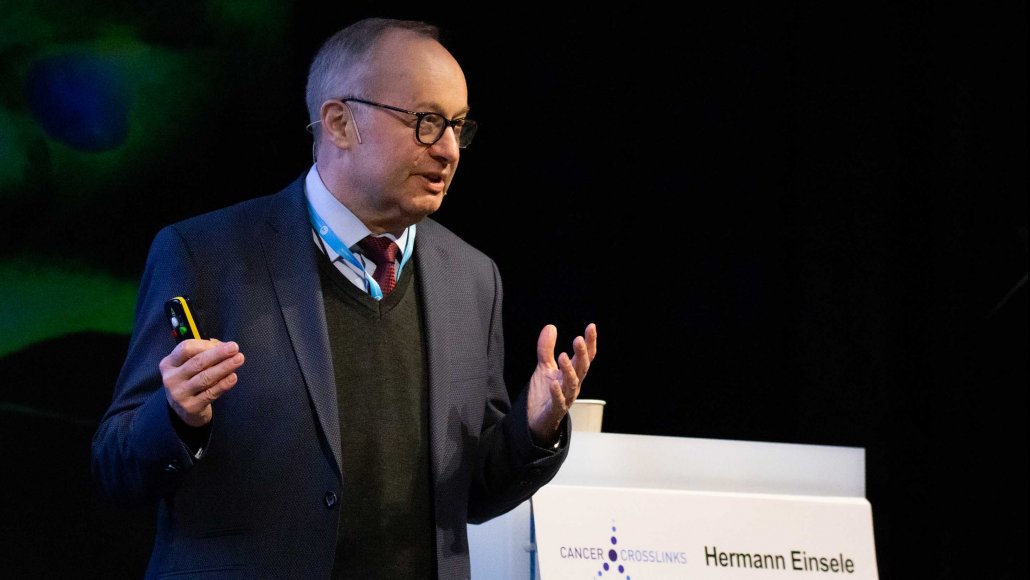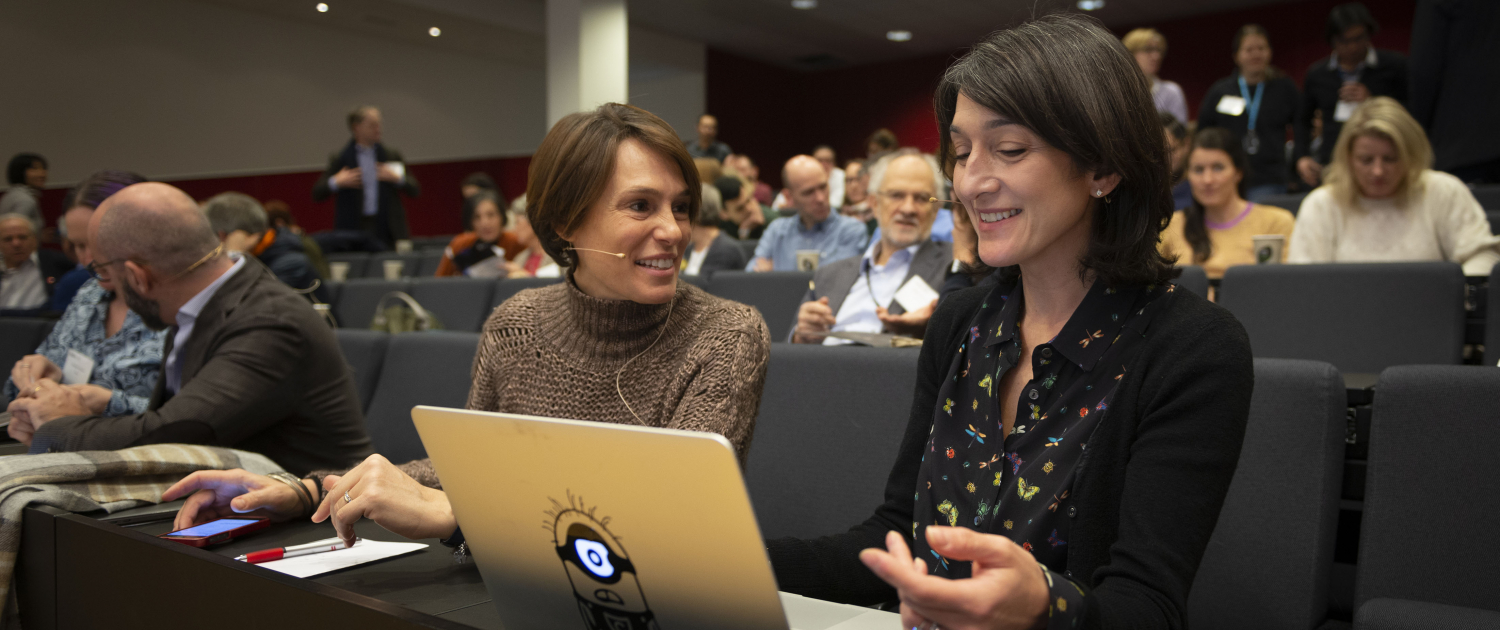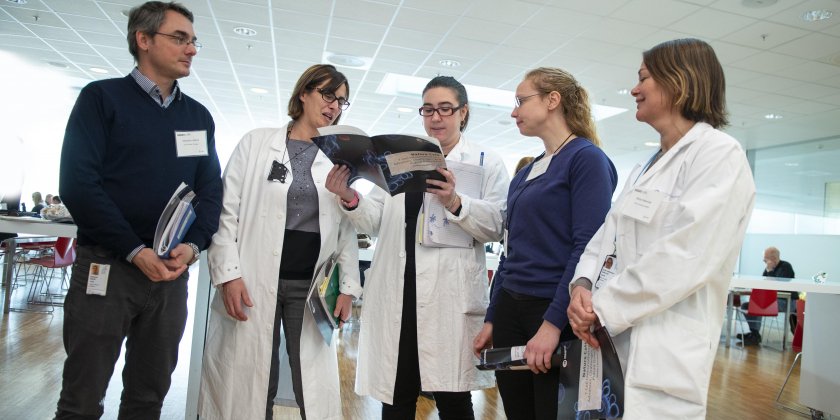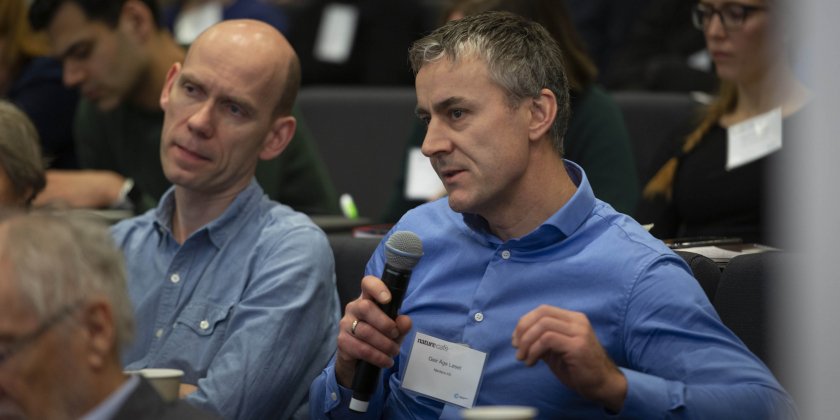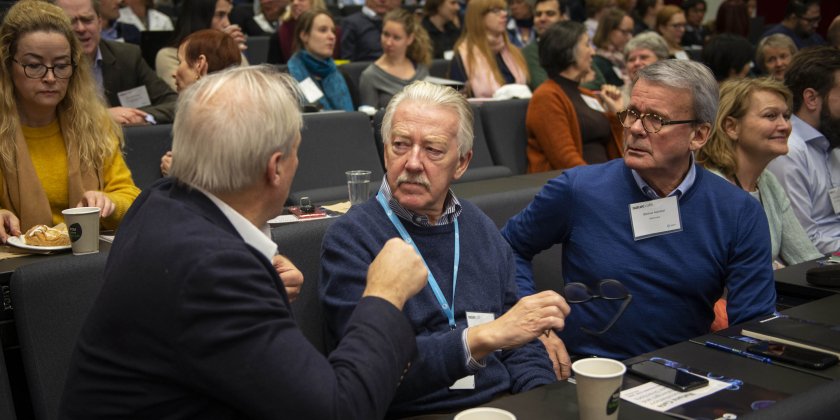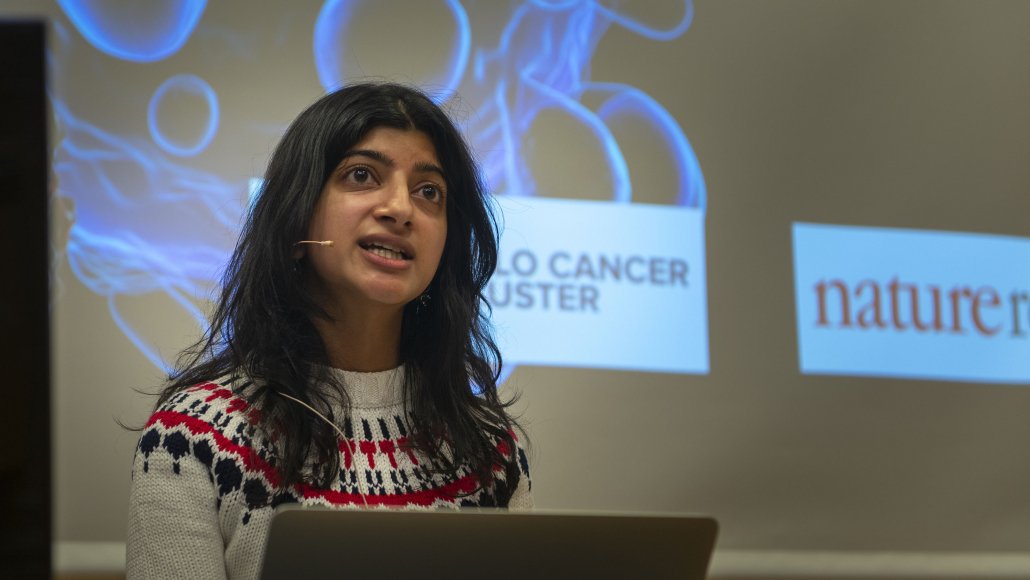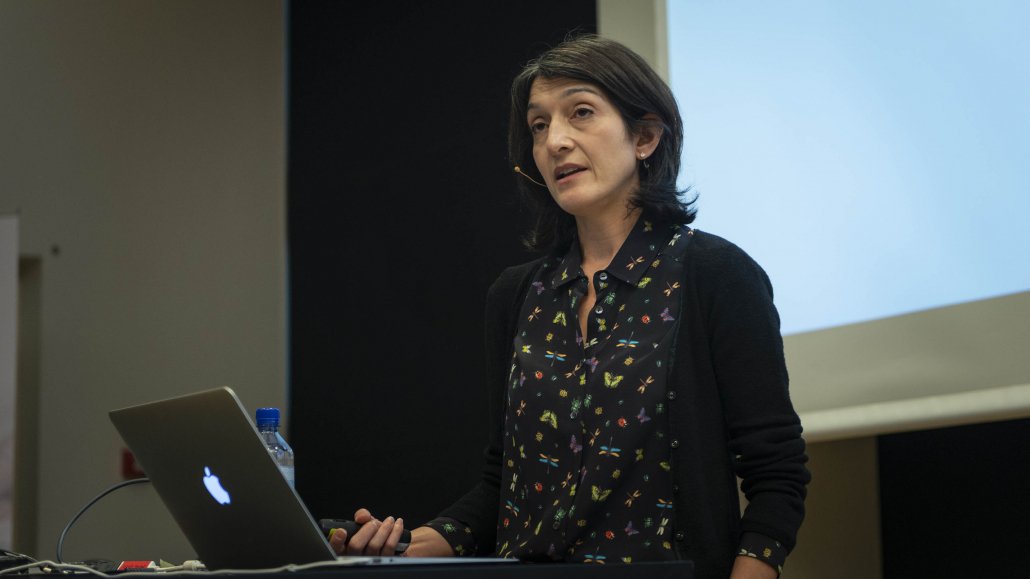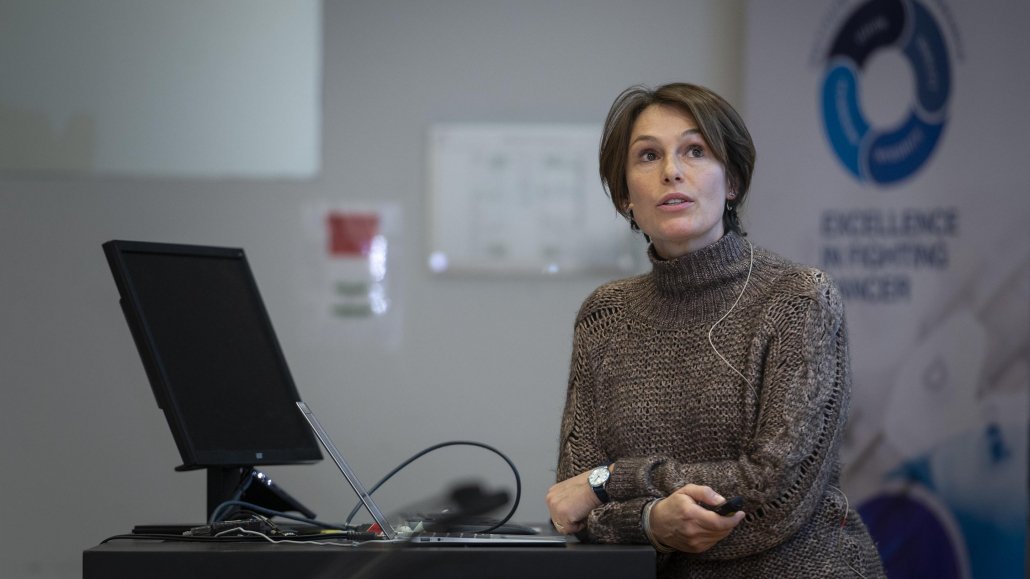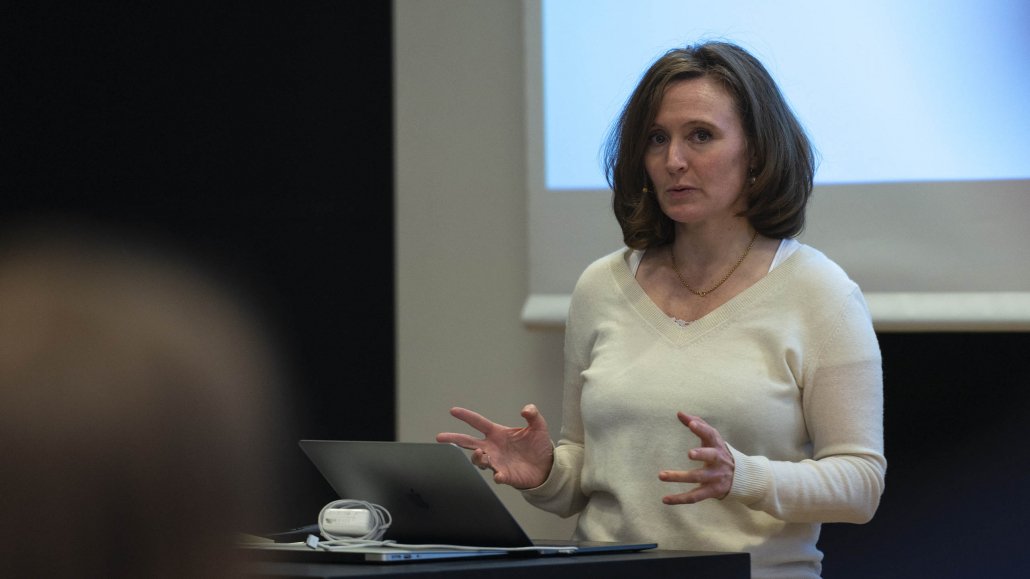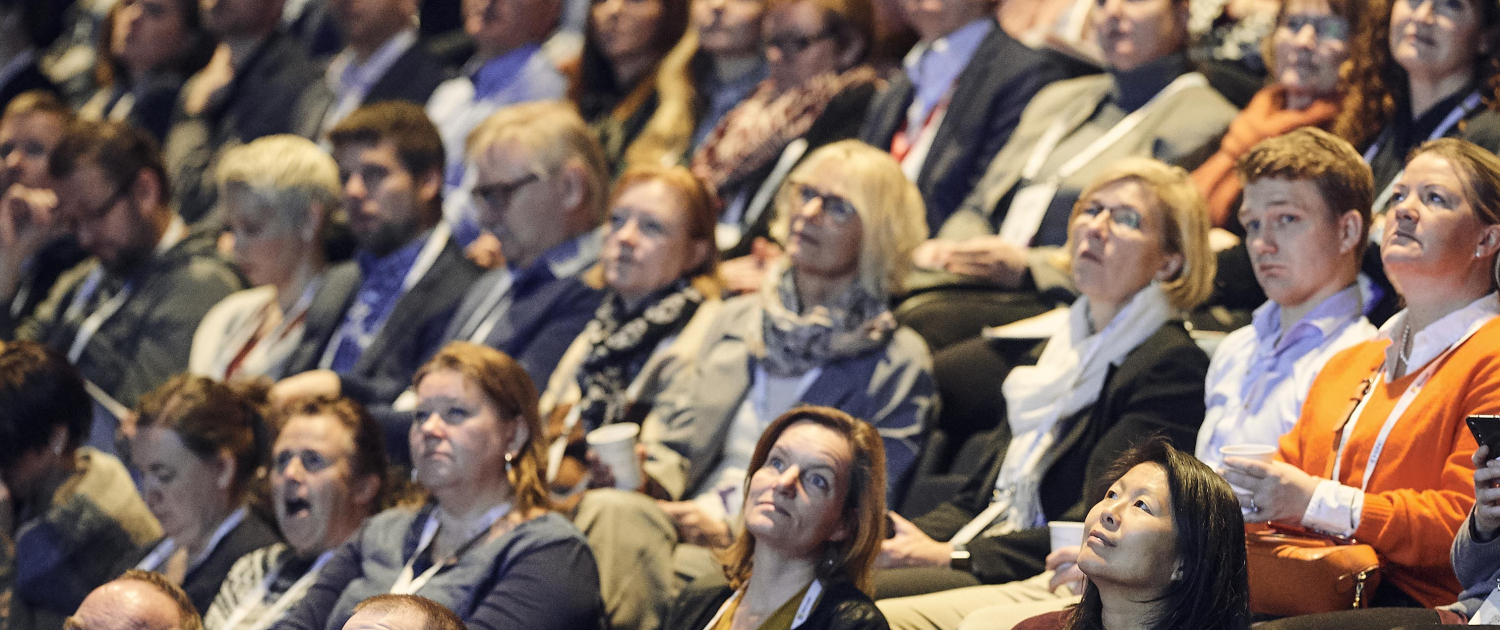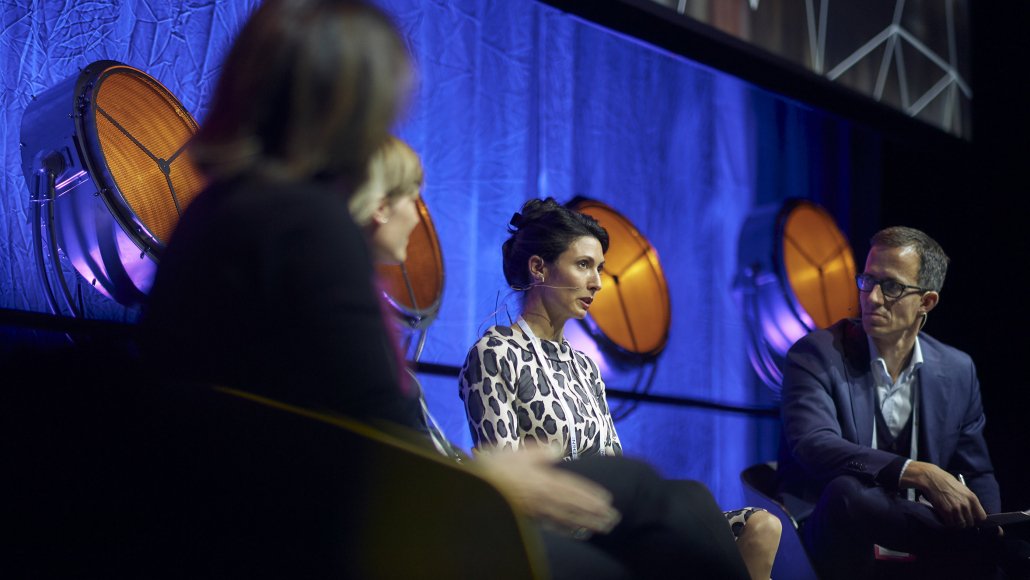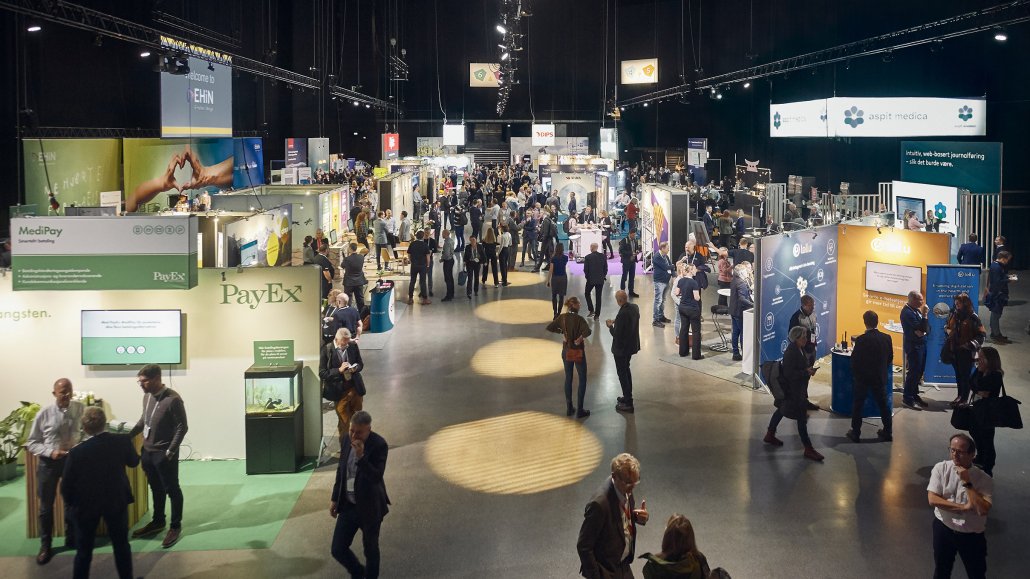Oslo Cancer Cluster Innovation Park: A powerhouse for the development of cancer treatments
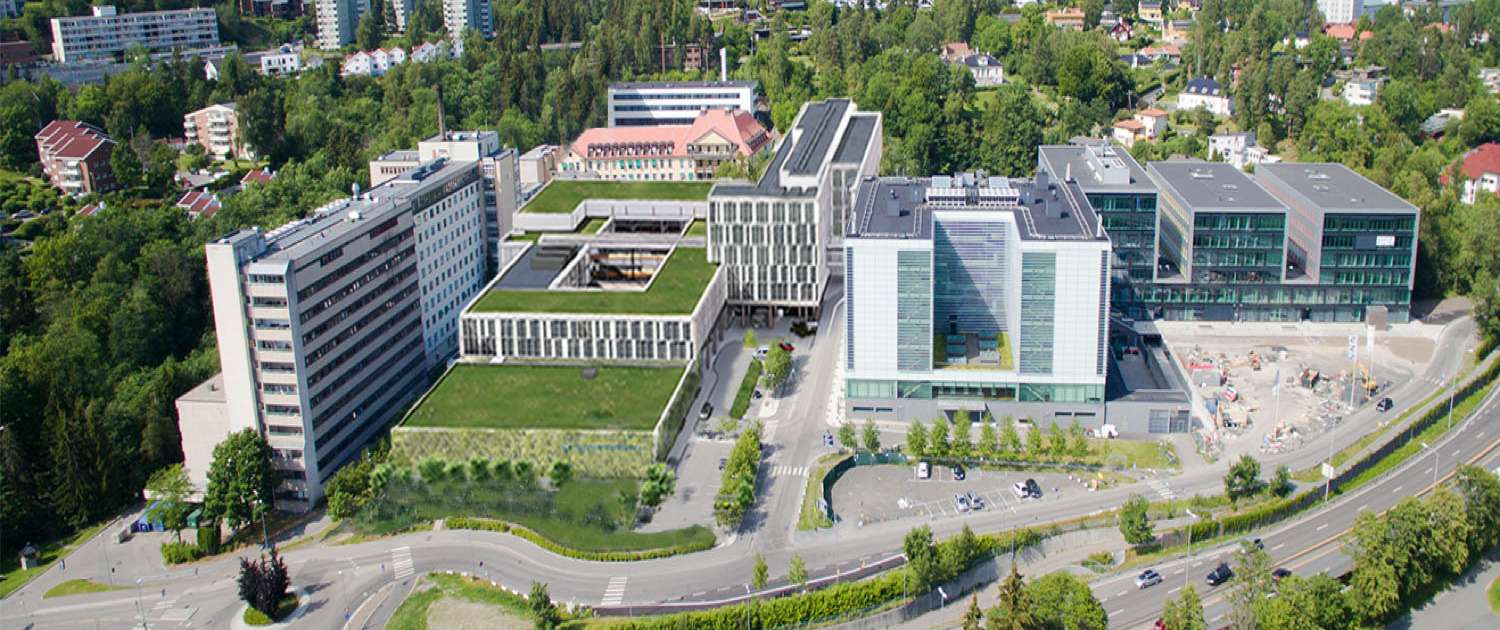
This article was originally published in Norwegian on Altomdinhelse.no by Mediaplanet, and was written by Jónas Einarsson, CEO of Radforsk and initiator of Oslo Cancer Cluster, Oslo Cancer Cluster Incubator and Oslo Cancer Cluster Innovation Park.
We wish to expand Oslo Cancer Cluster Innovation Park with close to 50 000 square metres the next five to seven years. The goal is to develop even better cancer treatments to improve the lives of cancer patients, in close collaboration with the ecosystem around the park.
On 24 August 2015, the Norwegian Prime Minister Erna Solberg opened Oslo Cancer Cluster Innovation Park. In her speech, she said: “Oslo Cancer Cluster Innovation Park will fulfil an important role in the development of the cancer treatments of the future.”
That moment was the starting point for a unique collaboration between cancer researchers, clinicians, teachers, students, business developers and numerous other professions that are needed to develop tomorrow’s cancer treatments.
All of us that work here share a common vision: Oslo Cancer Cluster Innovation Park and the environment around the Norwegian Radium Hospital and the Institute for Cancer Research (Oslo University Hospital) should be an international powerhouse for the development of cancer treatments.
The beginning of a success story
Five years after the opening, we are still fulfilling that vision every day. I would even go so far as to say that we have contributed to a success story:
- Oslo Cancer Cluster Incubator houses nine start-up companies today, and we are working closely with seven other companies that are located other places due to limited space.
- The 24 private and public tenants of Oslo Cancer Cluster Innovation Park want more space, since their operations are ever growing.
- Ullern Upper Secondary School is one of the most sought-after schools in Oslo and the number of students is ever increasing. The students are offered the opportunity to participate in the school collaboration with Oslo Cancer Cluster, to educate the researchers and entrepreneurs of tomorrow. In the autumn of 2019, the researcher programme was initiated at Ullern, which is a unique opportunity for students in Oslo to specialise in biomedical subjects.
Many developments planned
Everything mentioned above is only what is happening inside the Innovation Park. In the nearby area, there are many unique developments that will change the treatment of cancer patients in coming years:
- In 2023, the new clinic building of the Norwegian Radium Hospital and its specialised proton centre will open.
- The Institute for Cancer Research is being developed further under the proficient management of Professor Kjetil Taskén. The talented researchers at the Institute are delivering internationally renowned research every day.
- Oslo University Hospital is the only hospital in Scandinavia accredited as a “Comprehensive Cancer Center”. The accreditation demands constant development of research, infrastructure and treatments.
Still a way to go
Things are still far from perfect. Almost everyday in the news, there are discussions about whether Norwegian cancer patients are offered the best cancer treatments. I believe we still have a way to go. In order to give better cancer treatments, we must heavily invest in the development of:
- Molecular diagnostics
- Cell and gene therapy
- Precision medicine
- The treatment of antibiotic resistance
Because of the success we have had so far with the Oslo Cancer Cluster Innovation Park and the need to strengthen cancer care further, we wish to expand the Oslo Cancer Cluster Innovation Park during the next five to seven years with close to 50 000 square metres. The first expansion will total 7 000 square metres. The planning scheme begins this year and the building itself will be located between the Innovation Park and the Institute for Cancer Research.
Enormous ambitions
The expansion of the Innovation Park is an important supplement to the plans on developing Oslo into Oslo Science City. We are also a living example of how public-private partnerships is the way to go in order to build a sustainable health industry, like the White Paper on the Health Industry has stated.
Norwegian cancer research is world class. The 15 companies in the Radforsk portfolio has spun out of this research. We have enormous ambitions to contribute even more to the development of the cancer treatments of tomorrow – to improve the lives of cancer patients all over the world.
As Prime Minister Erna Solberg said in her speech on 24 August 2015: “Smart minds and new ideas, students and professors, Norwegians and foreigners, founders and employees. Together for a common goal: to improve the treatment of the approximately 30 000 Norwegians that are diagnosed with cancer every year.”
That statement is still true today.
Oslo Cancer Cluster Innovasjonspark:
Kraftsenter for utvikling av kreftbehandling
Vi ønsker å utvide Oslo Cancer Cluster Innovasjonspark med nærmere 50.000 km² de neste fem til syv årene. Målet er å utvikle enda bedre kreftbehandling til det beste for kreftpasienter, i tett samarbeid med økosystemet rundt parken.
Av Jónas Einarsson, administrerende direktør i Radforsk og initiativtaker til Oslo Cancer Cluster, Oslo Cancer Cluster Inkubator og Oslo Cancer Cluster Innovasjonspark.
Den 24. august 2015 åpnet Statsminister Erna Solberg Oslo Cancer Cluster Innovasjonspark. I sin tale sa hun: «Oslo Cancer Cluster Innovasjonspark vil fylle en viktig rolle i utforming av fremtidens kreftbehandling.»
Og med det gikk startskuddet gikk for et unikt samarbeid mellom kreftforskere, klinikere, lærere, elever, forretningsutviklere og en rekke andre profesjoner som trengs for å utvikle morgendagens kreftbehandling.
Felles for alle oss som jobber her, er at vi har én visjon: Oslo Cancer Cluster Innovasjonspark og miljøet rundt med Radiumhospitalet og Institutt for Kreftforskning, skal være et internasjonalt kraftsenter for utvikling av kreftbehandling.
Fem år etter åpningen så lever vi ut denne visjonen hver dag. Jeg vil tørre å påstå at det vi har bidratt til er en suksess:
- Oslo Cancer Cluster Incubator huser i dag ni oppstartsbedrifter, og vi jobber tett med syv andre som sitter andre steder og som det ikke er plass til
- Oslo Cancer Cluster Innovasjonspark sine 24 private og offentlige leietakere ønsker mer plass da de stadig utvider sin virksomhet
- Ullern videregående skole er en av de best søkte skolene i Oslo, og øker stadig elevtallet. Elevene på skolen får tilbud om å delta i det skolefaglige samarbeidet med Oslo Cancer Cluster, for å utdanne morgendagens forskere og entreprenører. Høsten 2019 startet Forskerlinja, et unikt tilbud til skoleelever i Oslo om fordypning i biomedisinske fag
Dette er bare inne i Innovasjonsparken. I området rundt oss skjer det unike ting som endrer måten pasienter med kreft blir behandlet på om få år:
- I 2023 åpner det nye klinikkbygget på Radiumhospitalet med et spesialisert protonsenter
- Institutt for Kreftforskning blir stadig videreutviklet under kyndig ledelse av professor Kjetil Taskén. De dyktige forskerne ved instituttet leverer daglig internasjonalt, anerkjent forskning
- Oslo universitetssykehus er som eneste sykehus i Skandinavia akkreditert som et «Komplett kreftsenter», «Comprehensive Cancer Center». Akkrediteringen krever konstant utvikling av forskning, infrastruktur og behandling
Likevel er ikke tingenes tilstand rosenrød. I media kan vi nesten daglig lese diskusjoner om hvorvidt kreftbehandlingen pasienter i Norge tilbys er den beste. Min påstand er at vi har mye å gå på. For å gi bedre kreftbehandling må vi satse tungt på å utvikle:
- Molekylær diagnostikk
- Celle- og genterapi
- Presisjonsmedisin
- Behandling av antibiotikaresistens
På bakgrunn av den suksessen vi har hatt med Oslo Cancer Cluster Innovasjonspark så langt, og behovet for å styrke kreftomsorgen ytterligere, ønsker vi de neste fem til syv årene å utvide Oslo Innovasjonsparken med nær 50.000 km². Den første utvidelsen vil være på 7000 km². Prosjekteringen starter i år, og selve bygget vil ligge mellom Innovasjonsparken og Institutt for Kreftforskning.
Utvidelsen av Innovasjonsparken er et viktig tilskudd til planene om å utvikle Oslo som en kunnskapshovedstad, Oslo Science City. Vi er i tillegg et levende eksempel på at privat-offentlig samarbeid er veien å gå for å bygge en bærekraftig helsenæring, slik Stortingsmeldingen om helsenæring slår fast.
Norsk kreftforskning er i verdensklasse. Våre 15 bedrifter i Radforsk-porteføljen er spunnet ut av denne forskningen. Vi har enorme ambisjoner om at vi kan bidra enda mer til utviklingen av morgendagens kreftbehandling – til det beste for kreftpasienter over hele verden.
Som Statsminister Erna Solberg sa i sin tale den 24. august 2015: «Kloke hoder og nye ideer, studenter og professorer, nordmenn og utlendinger, gründere og ansatte. Samlet med ett felles mål: å bedre behandlingen til de om lag 30.000 nordmenn som blir diagnostisert med kreft hvert år.»
Det er like sant i dag.

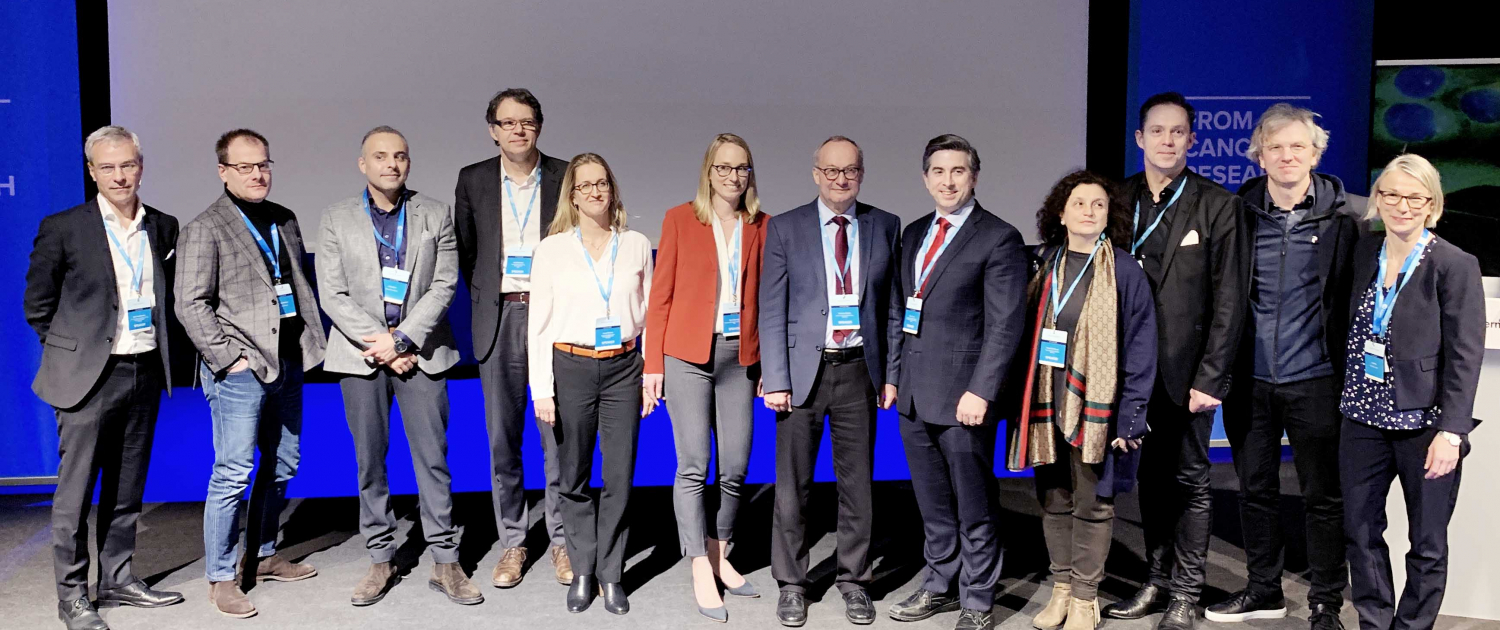 Oslo Cancer Cluster
Oslo Cancer Cluster 